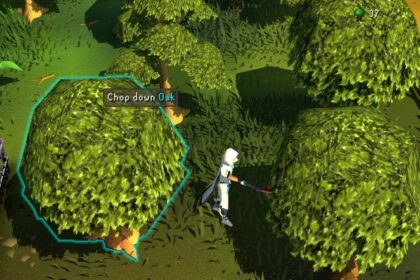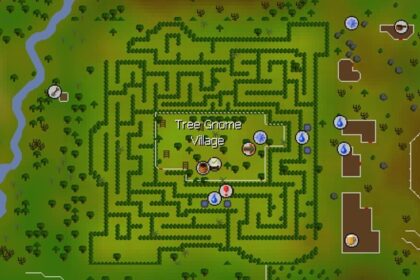Prayer potions in OSRS are an incredibly useful and valuable supply item that see widespread use across a large variety of the game’s content. They are often considered one of the most iconic and important supply items in the game.
These potions restore your Prayer points in an amount that varies based on your Prayer level. Since Prayer is very important for surviving against various bosses and monsters, these potions are needed by nearly every player of Old School RuneScape.
Therefore, these potions are massively valuable, in both GP and the extra survivability they provide. Making them can be a great money maker, and/or a money saver, depending on Grand Exchange prices. In this guide, I’ll show you how to make Prayer potions in OSRS.
Vials
Making Prayer potions in Old School RuneScape can be done in a few simple steps. For each Prayer potions you would like to make, you will need a vial of water, a ranarr weed, and a piece of snape grass. You also need 38 Herblore to make the potions.
You can buy vials of water from any of the Herblore shops around the world, such as in Taverly, Gu’Tanoth, and the Myth’s Guild (after “Dragon Slayer II.”) There are a number of general stores throughout Gielinor that also sell vials of water.
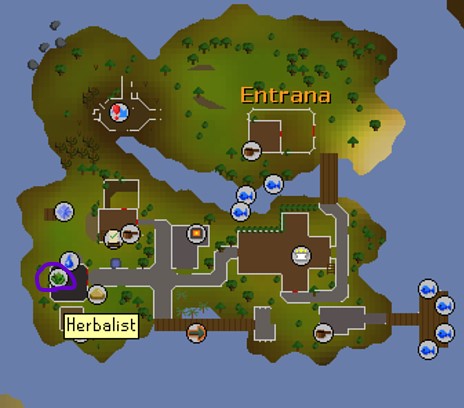
These general stores are in places like Shilo Village, Karamja, and East Ardougne. Many of these places also sell water-filled vial packs, which I would recommend buying if you plan on making a lot of Prayer potions. They are simply packs of 100 vials at a discounted price.
Alternatively, you can make vials with molten glass, a glassblowing pipe, and 33 Crafting. Then, you can use the vial on any water source other than a well in the game to fill it with water.
Ranarr Weed
The next step in making Prayer potions in OSRS is collecting ranarr weeds. The easiest way of doing this is to grow them with the Farming skill, at 32 Farming. Simply plant ranarr seeds in any of the herb patches across Gielinor.
Unfortunately, there is no way to guarantee the successful growth of herbs when Farming them. You can mitigate these chances by treating your patches with ultracompost, though there will still be a small chance your ranarrs will get diseased.
There are a few disease free herb patches, but they require pretty hefty unlocks (both “My Arm” quests.)
Once your herbs have grown, which will take eighty real world minutes, you can harvest them with a spade and secateurs in your inventory. I would recommend using the Magic Secateurs, which you can get from the quest “Fairy Tale I: Growing Pains.”

The Magic Secateurs, and the ultracompost you treat the herb patches with, increase the yield of your harvests significantly. When used together, they can more than double the amount of ranarrs you will get from each seed you plant.
Ranarr Drops
Ranarr weeds can also be dropped by various monsters and NPCs, as well. For example, Commander Zilyana, the Saradomin boss in the God Wars Dungeon, and her minions, have a high chance of dropping ranarr weeds.
If you don’t want to do God Wars, many players farm Flesh Crawlers in the Stronghold of Security, or Chaos Druids/Elder Chaos Druids, which can be found in various locations, including the Wilderness, for ranarr weeds.
You can also get a number of herbs, including ranarr weeds, from your Kingdom in Miscellania.
Any ranarrs you get at first will be grimy, whether you used the Farming skill or obtained them as drops from NPCs and monsters. You simply need to clean them by clicking on them in your inventory. This requires 25 Herblore, while making the potions requires 38.
Snape Grass
The third step to making Prayer potions in Old School RuneScape is gathering snape grass. Snape grass can also be grown with the Farming skill, requiring level 61. Simply plant a snape grass seed in any of the allotment patches around the world.
Unlike ranarr weeds and other herbs, you can guarantee the successful growth of snape grass, since it’s an allotment. Each allotment patch has a gardener NPC nearby, whom you can pay five jangerberries to protect the patch from disease.
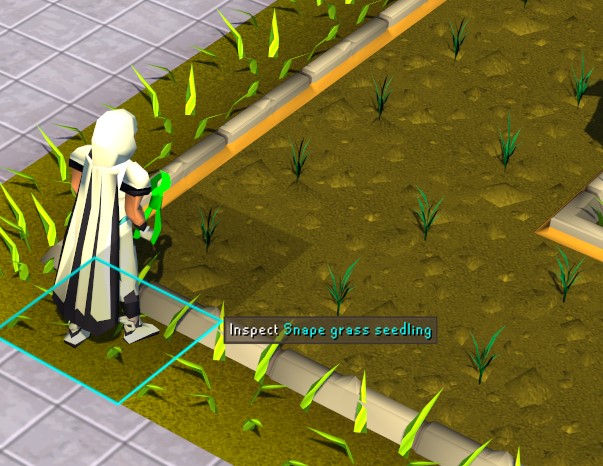
Bring ten jangerberries for each location, as each Farming area containing allotments has two allotments. Alternatively, you can grow a white lily in the nearby flower patches at 58 Farming. With the nearby flower patch occupied by a white lily, the corresponding allotments will be disease free.
Snape grass takes seventy real world minutes to grow, and the same rules for harvesting apply to both ranarr weeds and snape grass; using the Magic Secateurs and ultracompost can increase your yields significantly.
Snape Grass Drops
If you lack 61 Farming, snape grass can also be farmed from certain NPCs and locations. The minions of the Saradomin God Wars boss, but not Commander Zilyana herself, drop snape grass frequently as well.
You can also get snape grass by farming Tribesmen on Karamja, or catching eclectic implings. There are also multiple open ground spawns of snape grass around the surface of Waterbirth Island. A good amount also spawns on the ground at Waterbirth Island.
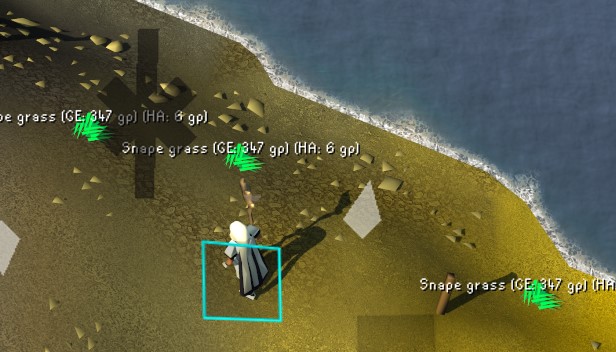
Keep in mind that you can also buy all the necessary ingredients from the Grand Exchange, but you should keep an eye on the prices. Given how much these potions are used, their ingredients tend to be expensive.
Mixing Potions
The final step to making Prayer potions in OSRS is to combine all your gathered ingredients. First, you need to mix the cleaned ranarr weed into your vial of water. It’s very important to do the ranarr weed first. This creates an unfinished ranarr potion.

Then, you simply need to mix your snape grass into the unfinished ranarr potion. This makes it a Prayer potion. The potions you make will have three doses, but I’d recommend using an Amulet of Chemistry, which gives a chance to make a four dose potion.
Final Thoughts
You can make Prayer potions in OSRS by following a few simple steps. First, you need to gather a vial of water, clean ranarr weed, and snape grass for each potion you want to make. Then, simply add the ranarr weed, then the snape grass, to the vial of water.


